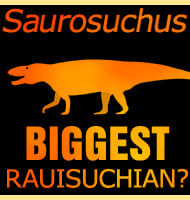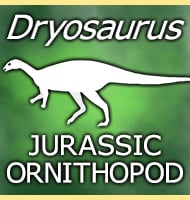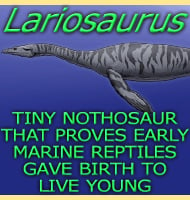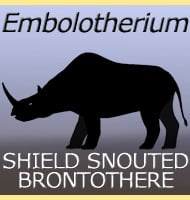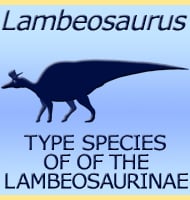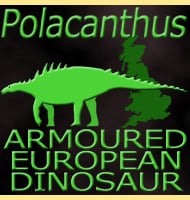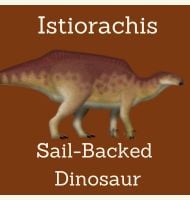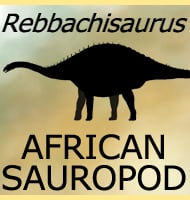In Depth
Jiangjunosaurus is a genus of stegosaurid dinosaur that lived in China during the earlier part of late Jurassic. Though Jiangjunosaurus is far from complete, this stegosaur is known to have had a skull that was elongated in proportion to its width. Jiangjunosaurus was found by itself, and because generals are buried in temples by themselves, the name Jiangjunosaurus was chosen as ‘Jiangjun’ is Chinese for ‘general’.
Other dinosaurs that are known from the same fossil bearing formation as Jiangjunosaurus include the primitive ceratopsian dinosaur Yinlong, and sauropods such as Mamenchisaurus, Bellusaurus and Tienshanosaurus. Numerous small theropod dinosaurs such as Guanlong, Zuolong and Aorun may have also lived in the same habitat as Jiangjunosaurus, but particular predatory threats to Jiangjunosaurus likely include the larger Monolophosaurus and Sinraptor. In the skies above Jiangjunosaurus, pterosaurs such as Sericipterus flew.
Further Reading
- The first stegosaur (Dinosauria, Ornithischia) from the Upper Jurassic Shishugou Formation of Xinjiang, China. - Acta Geologica Sinica 81(3):351-356. - C. Jia, C. A. Forster, X. Xu & J. M. Clark - 2007.

